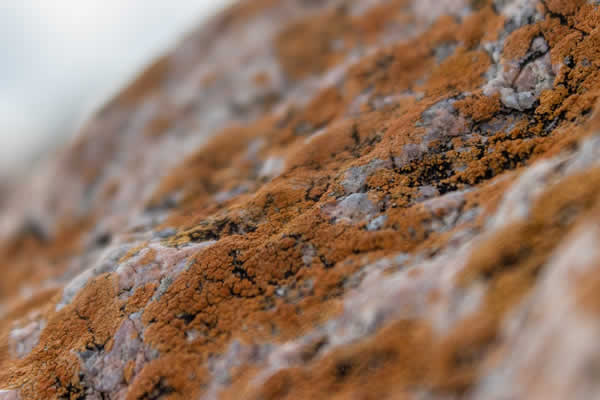Mold Exposure Cases – Florida Workers’ Compensation
Mold Exposure Cases are difficult to prove under the Florida Workers’ Compensation Act.
Under Florida Statute section 440.02(2) which states:
An injury or disease caused by exposure to a toxic substance, including, but not limited to, fungus or mold, is not an injury by accident arising out of the employment unless there is clear and convincing evidence establishing that exposure to the specific substance involved, at the levels to which the employee was exposed, can cause the injury or disease sustained by the employee.
These cases are difficult to prove under standard set forth above. Several recent cases highlight the high burden it takes to meet the statutory criteria.
City of Titusville and Johns Eastern Company v. Robert Taylor
In this case, the employer/carrier appealed the JCC’s award of compensability of toxic exposure to Cryptococcus Gattii, which resulted in a diagnosis of fungal meningitis, on the grounds that claimant failed to provide quantifiable proof of the level of exposure as required by the statute. The First DCA noted the E/C did not contest the fact that claimant was indeed exposed, but the question on appeal was one of statutory interpretation concerning the level of proof required. In this case, the JCC found the level of claimant’s actual exposure was immaterial because the experts agreed that any level of exposure could result in meningitis. However, even with proof of exposure, the Court found no exceptions in the statute and that without proof of the level of exposure, claimant failed to meet his burden of proof.
Crown Diversified Industries Corp. and Liberty Mutual Insurance v. Eileen Prendiville
The claimant put forward testimony from a board certified family practice physician, and was awarded compensability of alleged mold exposure at work. The First DCA reviewed the doctor’s testimony and found it was not supported by the underlying evidence. First, the doctor improperly relied on the opinions of other experts. Second, the doctor lacked a sufficient factual foundation to establish occupational causation where there was no direct evidence as to the type of mold to which claimant was alleged to have been exposed.
School District of Indian River County/Ascension Benefits v. Edward Cruce
Mr. Cruce worked for the employer from 1989 to 2015. He was instructed between August and October 2014, to move painting supplies and equipment from a storage shed in the football stadium to a storage area in a maintenance building. To facilitate the move, the Employee was obliged to clean out a portion of the maintenance building. There was evidence that, on several days during this time period, the Employee came home from work covered in a smelly white dust. According to the Employee’s wife, the dust was in his beard, nose, and on his lips. The Employee told his wife and daughter that the white dust was “bird crap” and that he was angry to be cleaning out an area containing dead pigeons, live bats, and rodents. In November 2014, the Employee began complaining of headaches. He sought treatment with his family doctor for ear and head pain and was hospitalized in mid-December 2014 when he became unresponsive while at the doctor’s office. He was released from the hospital after a few days but re-admitted less than a week later when he collapsed at home. A spinal tap was performed that indicated the presence of budding yeasts that were morphologically consistent with cryptococcus fungus species. Two additional spinal taps confirmed a diagnosis of cryptococcal meningitis. As a result of the meningitis, the Employee died on January 10, 2015. Because there was no evidence the employee was exposed to pigeon feces, and no expert could determine the AMOUNT AND EXACT type of MOLD the employee was exposed to, the case was reversed on appeal.
In his final compensation order, the JCC determined the evidence presented by claimant in this exposure case met the required legal standard of proof and established that his work clearing land caused cryptococcus neoformans fungus spores to become aerosolized which were then inhaled causing his condition. However, on appeal the First District found the JCC had improperly applied the statutory provisions. While the JCC had acknowledged the clear and convincing standard of proof of establishing the level of exposure, he excused that burden here as being impossible under the facts of this case. The Court found the JCC interpretation to be in derogation of the statutory requirements. Concluding the record did not establish the claimant had satisfied the required burden of proof, the DCA REVERSED the award of compensability.
Proving a mold exposure case in Florida workers’ compensation can be challenging, as it typically requires a clear demonstration that your mold exposure occurred in the workplace/the specific substance and to what level, and that it resulted in a compensable injury or illness.
Remember that each workers’ compensation case is unique, and the success of your claim may depend on the specific facts and circumstances of your situation. Consult with an attorney who can provide personalized guidance and help you build a strong case based on Florida’s workers’ compensation laws and regulations related to these claims within the specific confines of workers’ compensation in Florida.







